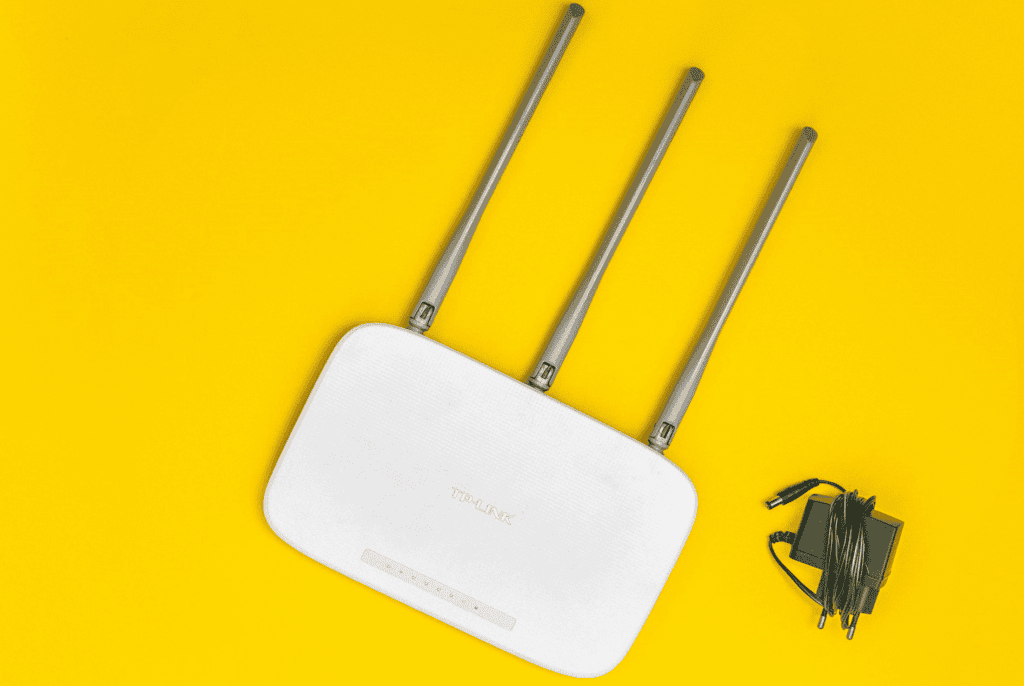What is Wi-Fi?
Wi-Fi, short for Wireless Fidelity, is a technology that allows devices to connect to the internet or other networks wirelessly. It is a popular choice for connecting devices such as laptops, smartphones, and tablets to the internet without the need for cables.

Wi-Fi Specifications
Wi-Fi specifications are technical standards that define various aspects of wireless local area networks (WLANs). The most common Wi-Fi specifications are defined by the Institute of Electrical and Electronics Engineers (IEEE) 802.11 family of standards. These standards define the frequency bands, data transfer rates, and other technical aspects of Wi-Fi.
There are several Wi-Fi standards, including 802.11a, 802.11b, 802.11g, 802.11n, 802.11ac, and 802.11ax (also known as Wi-Fi 6). Each of these standards operates on different frequency bands and has varying speeds and capabilities.
802.11a operates in the 5 GHz frequency band and provides a maximum theoretical speed of up to 54 Mbps. 802.11b operates in the 2.4 GHz frequency band and provides a maximum theoretical speed of up to 11 Mbps. 802.11g also operates in the 2.4 GHz frequency band and provides a maximum theoretical speed of up to 54 Mbps, and it is backward compatible with 802.11b.
802.11n operates in both the 2.4 GHz and 5 GHz frequency bands and provides a maximum theoretical speed of up to 600 Mbps. It introduced multiple-input multiple-output (MIMO) technology, which uses multiple antennas to improve range and reliability.
802.11ac operates in the 5 GHz frequency band and provides a maximum theoretical speed of up to 6.9 Gbps. It introduced beamforming technology, which directs the Wi-Fi signal to specific devices, improving range and reliability.
802.11ax (Wi-Fi 6) operates in both the 2.4 GHz and 5 GHz frequency bands and provides a maximum theoretical speed of up to 9.6 Gbps. It introduced orthogonal frequency-division multiple access (OFDMA) technology, which divides the frequency band into smaller sub-channels to improve efficiency in high-density environments.

Additional Information:
- Wi-Fi operates using radio waves that transmit data over the air. The radio waves are transmitted by an access point or router and received by wireless devices such as laptops, smartphones, and tablets.
- The range and performance of Wi-Fi can be affected by various factors, such as the distance between the access point and the device, the number of devices connected to the network, and the presence of physical obstructions such as walls and furniture.
- The 802.11 standards specify various security protocols for Wi-Fi, including Wired Equivalent Privacy (WEP), Wi-Fi Protected Access (WPA), and WPA2. These protocols are designed to prevent unauthorized access to the network and protect the confidentiality and integrity of data transmitted over the network.
- Channel bandwidth is an important factor that affects the speed and performance of Wi-Fi. The 802.11 standards define different channel bandwidths, such as 20 MHz, 40 MHz, and 80 MHz. A wider channel bandwidth generally provides faster speeds but can also lead to more interference and reduced range.
- Multiple-Input Multiple-Output (MIMO) is a technology introduced in the 802.11n standard that uses multiple antennas to improve the range and reliability of Wi-Fi. MIMO enables multiple spatial streams to be transmitted and received simultaneously, which can increase the data transfer rate and improve signal quality.
- Beamforming is a technology introduced in the 802.11ac standard that improves the range and reliability of Wi-Fi by focusing the signal in the direction of the receiving device. This helps to reduce interference and improve signal strength, particularly in environments with many obstacles or reflective surfaces.
- Orthogonal Frequency-Division Multiple Access (OFDMA) is a technology introduced in the 802.11ax standard that improves the efficiency of Wi-Fi in high-density environments such as stadiums, conference centers, and airports. OFDMA enables multiple devices to transmit and receive data simultaneously on the same channel, which can increase the overall throughput and reduce latency.
It is essential to consider the specific needs of your network and devices when choosing a Wi-Fi standard. Different standards have varying features and capabilities, such as security protocols and channel bandwidths, which can affect their performance in different scenarios. Understanding the technical aspects of Wi-Fi can help you make informed decisions when setting up or upgrading your network.

